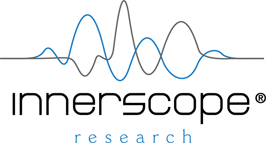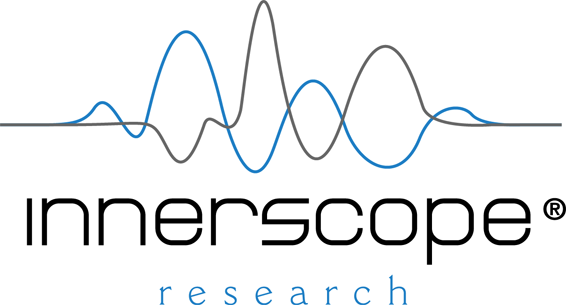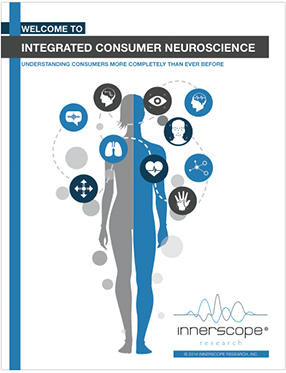- A fundamental need of marketers that is not going away,
- Compelling evidence that consumer neuroscience can help predict behavior in useful ways, and
- Incremental value over other research that can also help predict behavior.
Let’s start with that fundamental need: understanding the consumer and his or her emotional response well enough to help predict behavior. Because that’s where it all starts – with the consumer, or as A. G. Lafley, CEO of Procter & Gamble has said it, “The consumer is boss.” And by consumer, I am including every shopper, buyer, user, audience member, reader, viewer: consumer in the very broadest sense. Becoming consumer-centric is critical for business success, and Innerscope will strive to be consumer-centric as well as client-driven.
Next is validation: compelling proof that consumer neuroscience can accurately, consistently and reliably predict meaningful elements of consumer behavior. Innerscope already has a deep commitment to validation and has generated a fair amount of information that starts the validation story, but we’re not quite all the way there. In fact, in the neuroscience part of the consumer research industry, we have got to stop all the hype, eliminate the all too frequent over-claims, and replace that by producing real results. Many marketers are naturally skeptical about consumer neuroscience, and all the hype in the marketplace does not help. We have the responsibility to produce the convincing evidence that this science really works, and will help produce in-market results. We at Innerscope want to be leaders in stepping up to this challenge.
Finally – incremental value. Marketers will always want “better, faster, cheaper,” and it is up to companies like ours to strive to deliver on that. It’s not enough to take the predictive power for consumer behavior higher than before; we also have the responsibility to work within the real limitations that marketers face – the constraints of time and money. Not easily done, frankly, but we will do our best to address that challenge.
I am very excited to be working at Innerscope and helping to make the promise of consumer neuroscience attainable for leading marketers. In a world where media and marketing are increasingly pervasive, consumer neuroscience has a real chance of helping to deliver higher value to consumers as well as to the companies that serve them.




Leave A Comment